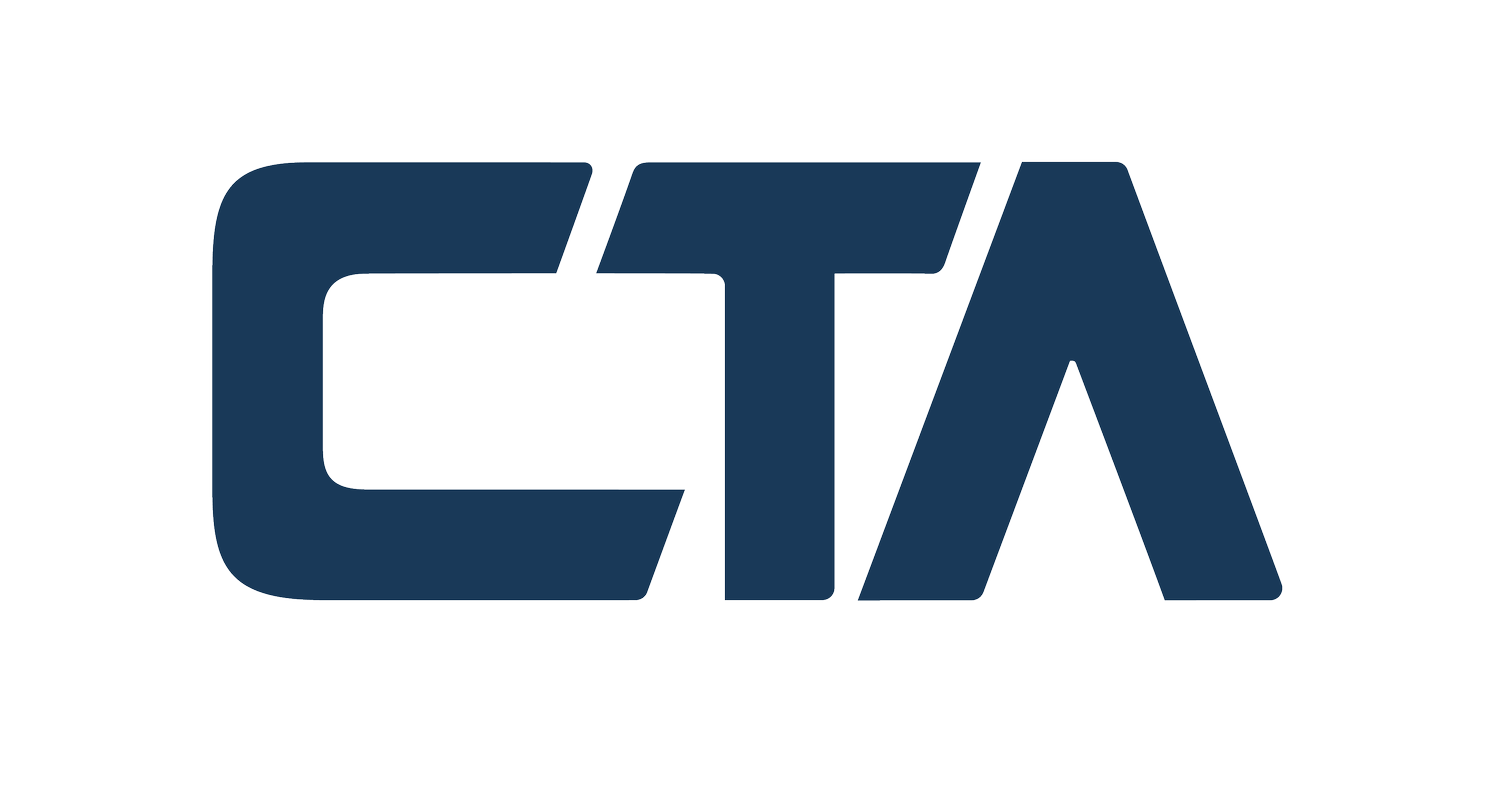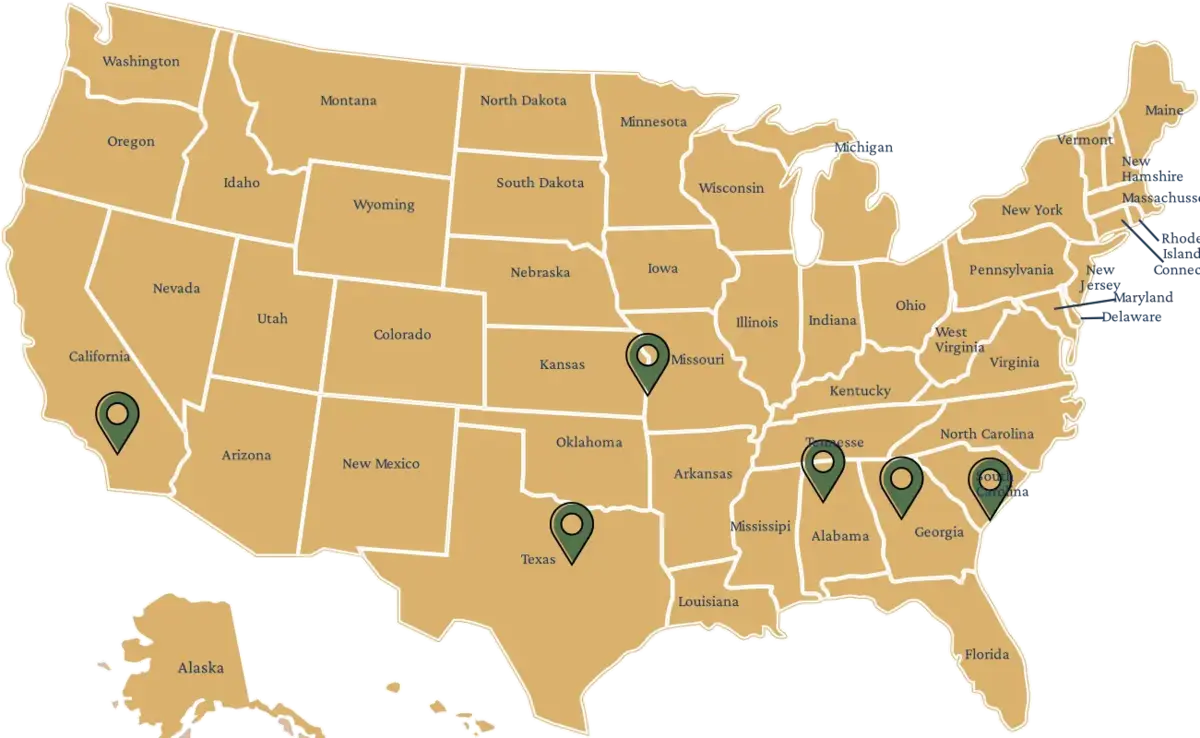Would You Like to Discuss Your Real Estate Tax Strategy?
The Internal Revenue Code (IRC) has historically authorized deductions as an allowance for the wear and tear of property used in a business or trade or for income, and the research to qualify for these benefit is commonly referred to as a cost segregation study.
Tax law provides guidance on how to reclassify various assets to a shorter useful life. A Cost Segregation Study allows the taxpayer to take these deductions earlier in the life of the property rather than taking small deductions over a longer period of time. This tax strategy maximizes the time value of money rather than in the future, allowing them to invest in growing the real estate portfolio or their business.
Cost Segregation Studies typically reclassify 10-40% of acquisition or construction costs depending on property type.
How Are Assets Reclassified in a Cost Segregation Study
The basis of a cost segregation study is the engineering professional identifying building assets and segregating them into different categories according to their depreciable asset class. The base building remains in the default class life for real property which is 27.5 years for residential property and 39 years for commercial property, however many other assets can be moved into shorter-lived 5-year, or 15-year asset classes.
5-year Assets include: flooring, carpets, countertops, cabinetry, outlets, decorative molding, specialty lighting, demountable awnings & canopies, computer electrical, kitchen hoods & exhaust systems and more

15-year assets include: land improvements like parking lots, landscaping, drainage systems, sidewalks, patios/decks, parking lot lighting fixtures, irrigation, concrete curbing, signage, handrails, and more.
Who Provides Cost Segregation Studies?
Although the concept of cost segregation is pretty straightforward and easy to grasp, many people think completing a DIY cost segregation study is also easy.
However, a quality cost segregation study is not easy and is best completed by a trained engineer with skill and experience. The first rule in the IRS’ “Principal Elements of a Cost Segregation Study” states that cost seg service should be provided by an individual with expertise and experience. They also state that “a study by a construction engineer is more reliable than one conducted by someone with no engineering or construction background”.
The process requires the engineer to use their knowledge of construction methods and related costs as well as their knowledge of the tax code rules and regulations to meticulously examine the property to account for every asset. These assets will be separated, assigned value, and then placed in the appropriate class-life category.
At Corporate Tax Advisors, our cost seg team comprises both full-time engineers and accountants.
Who Benefits from a Cost Segregation Study?
Cost segregation studies offer a vital tool to real estate investors, owners and businesses that have acquired, constructed or renovated property. This tax strategy can be leveraged for essentially any type of commercial or income producing residential property, although the value will vary depending on the use of the building.
Some examples of eligible property includes (but are not limited to):
- Office buildings
- Warehouses, storage or distribution centers
- Hotels and motels
- Restaurants and fast-food chains
- Office buildings
- Multi-family residents
- Auto dealerships
- Doctor’s/medical offices
- Supermarkets
- Manufacturing plants and factories
- Residential rental properties

It is important to point out that components within these properties may be eligible for faster depreciation, even if the building as a whole is not. This includes HVAC systems, plumbing, certain types of flooring, lighting systems.
In addition to these traditional property types leasehold improvements, renovations/retrofits and new construction may also be eligible for cost segregation studies. The types of properties eligible for cost seg are broad and encompass a wide range. If you own or operate real estate, it is worth exploring whether a cost segregation study could benefit your business.
What Do You Do with the Results of a Cost Segregation Study?
To take advantage of the tax savings found during the Cost Segregation Study, the taxpayer must file a change in accounting method by filling a Form 3115. The exception to this is if the taxpayer completes the cost segregation during the first year of ownership.
Accelerating the depreciation period for the taxpayers property frees up capital to reinvest now or in the future, and plan for success. Additional benefits of cost segregation include increasing your sales tax exemptions, lowering property taxes, helping in claiming past depreciation deductions previously missed and providing the basis for your property records.
How is a Cost Segregation Study Conducted?
A Cost Segregation Study consists of one of our engineering professionals completing a sight visit of the property to adequately document the components. They then take this information along with the purchase price, renovation costs and current depreciation schedule provided by the property owner and build a new depreciation schedule based on each component’s value and its useful life as outlined by the IRS.
The useful life of an asset is an accounting estimate of the number of years that asset will remain in services. Our experts rebuild your depreciation schedule by reallocating these as shorter uselife life assets. This, in turn, allows our Cost Segregation Specialists to accelerate the depreciation and allows the owner to take advantage of the tax deduction sooner than if the property remained categorized and depreciated as a single asset.








